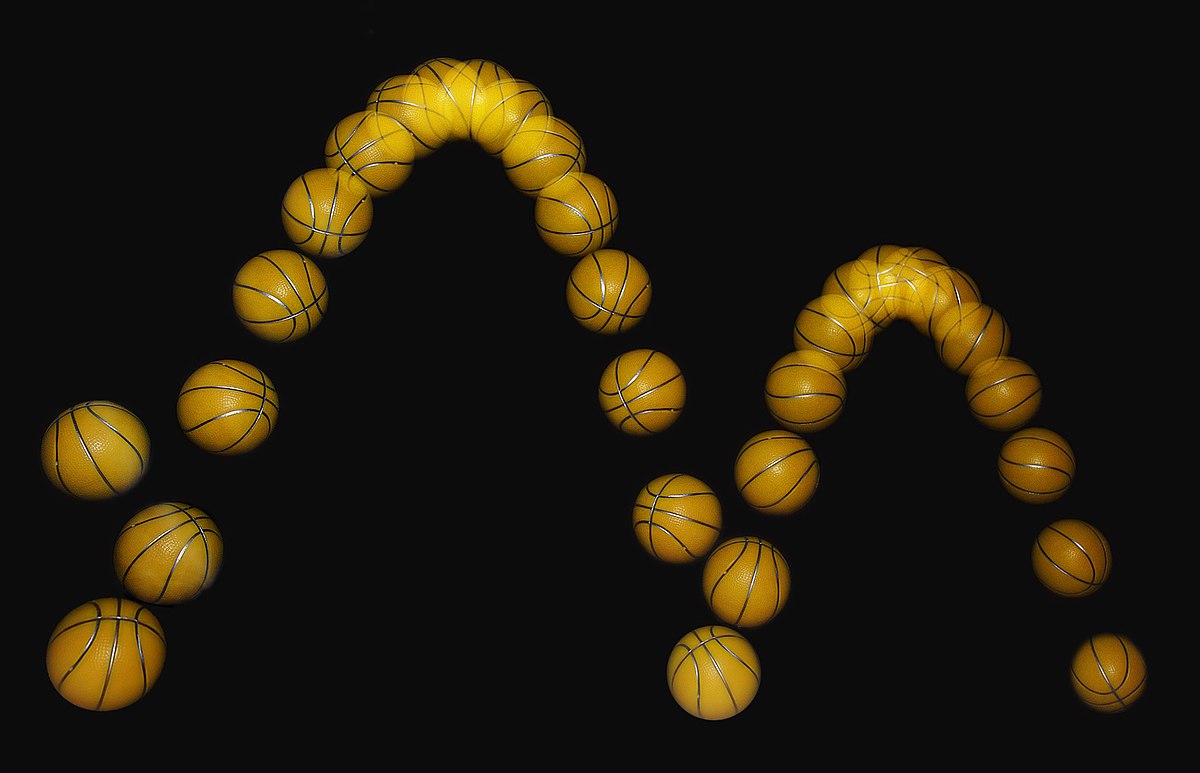This user has no status.
This user has no status.
Member
As an engineer I can tell you there is no limit in what can be achieved in terms of catapult and speed. Everything continuously improves with small margins. However, there is no need for it in the current state of the game.Do you think ESN or Butterfly or Daiki rubbers can achieve even higher amounts of catapult in the future? or are they already at their physical limits?
Ever since the glue ban, manufacturers needed to find a way to bring the speed back into the rubbers. This was when the Tensor Rubber was born. A rubber with a 'build-in speedglue effect'.
The sponges of these rubbers were also more springy, dense and heavy, so they needed to change the balance in the blades to make setups with these rubbers not too head-heavy.
Then the plastic ball came. Quite a bit of speed and spin was lost. Manufacterers started to create rubbers with thinner topsheets which allowed to create rubbers with thicker sponges for more speed.
Eventually manufacterers progressively made the sponges of rubbers harder, and the topsheets softer. This created more linear (so less catapult) rubbers that are more suited to the modern counter-topspin play on pro-level.
Then in 2020 came the created hybrid rubbers. A rubber with a tensor sponge and a tacky topsheet. Those were designed to get that extra edge in the short game that the Chinese always seemed to have with their tacky forehand rubbers. And it also allows you to attack the first ball with more power because you can hit more through the spin of the opponent rather then having to overcome it.
This is a question that I am also eager to find out. I consider Tenergy, Dignics and Dignics 09C as breakthrough rubbers. Butterfly has been setting the benchmark with these rubbers for decades now, and I wonder what they are up to next.Will rubbers achieve any new breakthrough in the future?
I can imagine there being a problem with sustainability around manufactering rubbers in the future. That surtain materials might get banned, just like with the celluloid ball. Not the breakthrough we want, but affraid we might eventually get.










